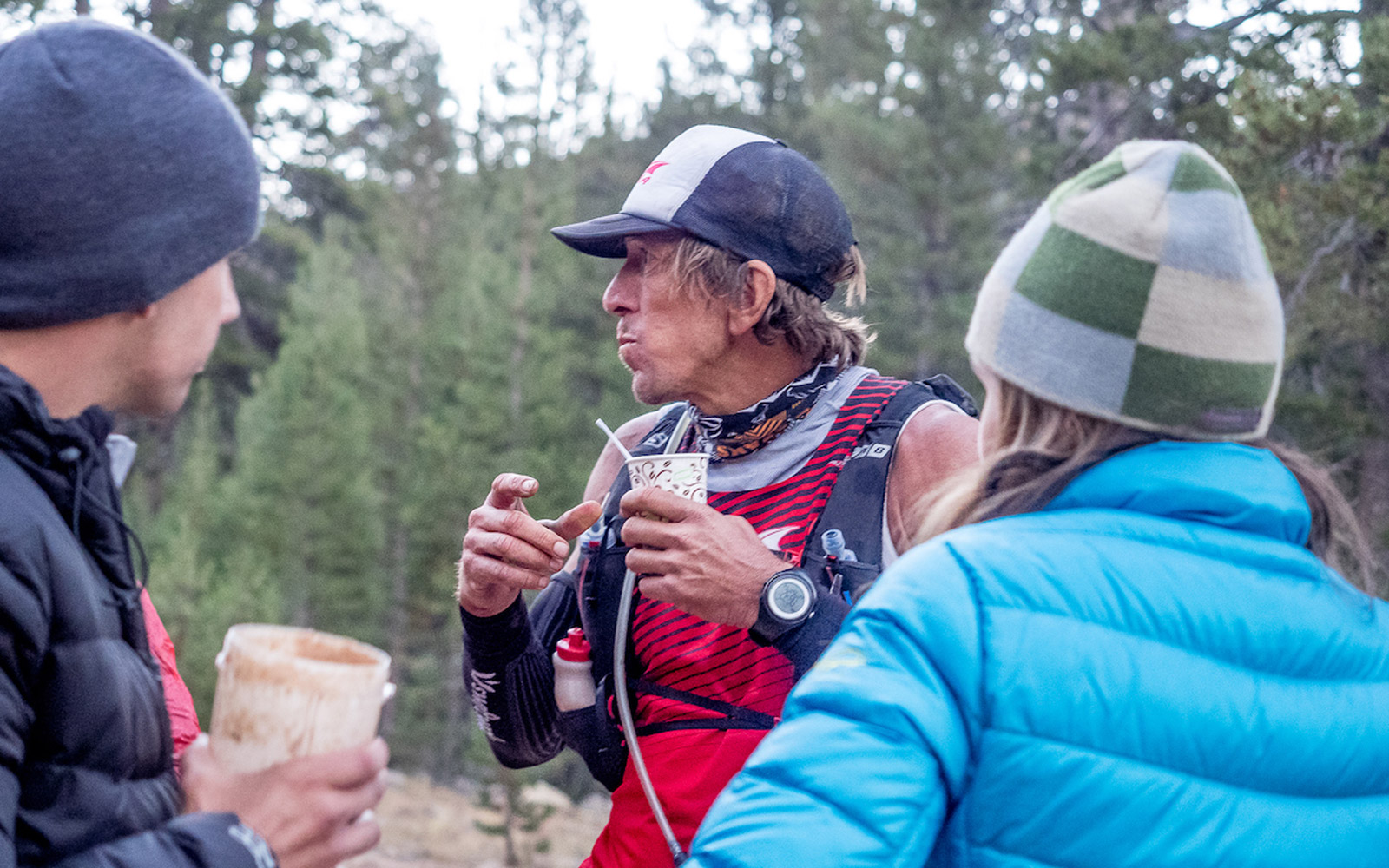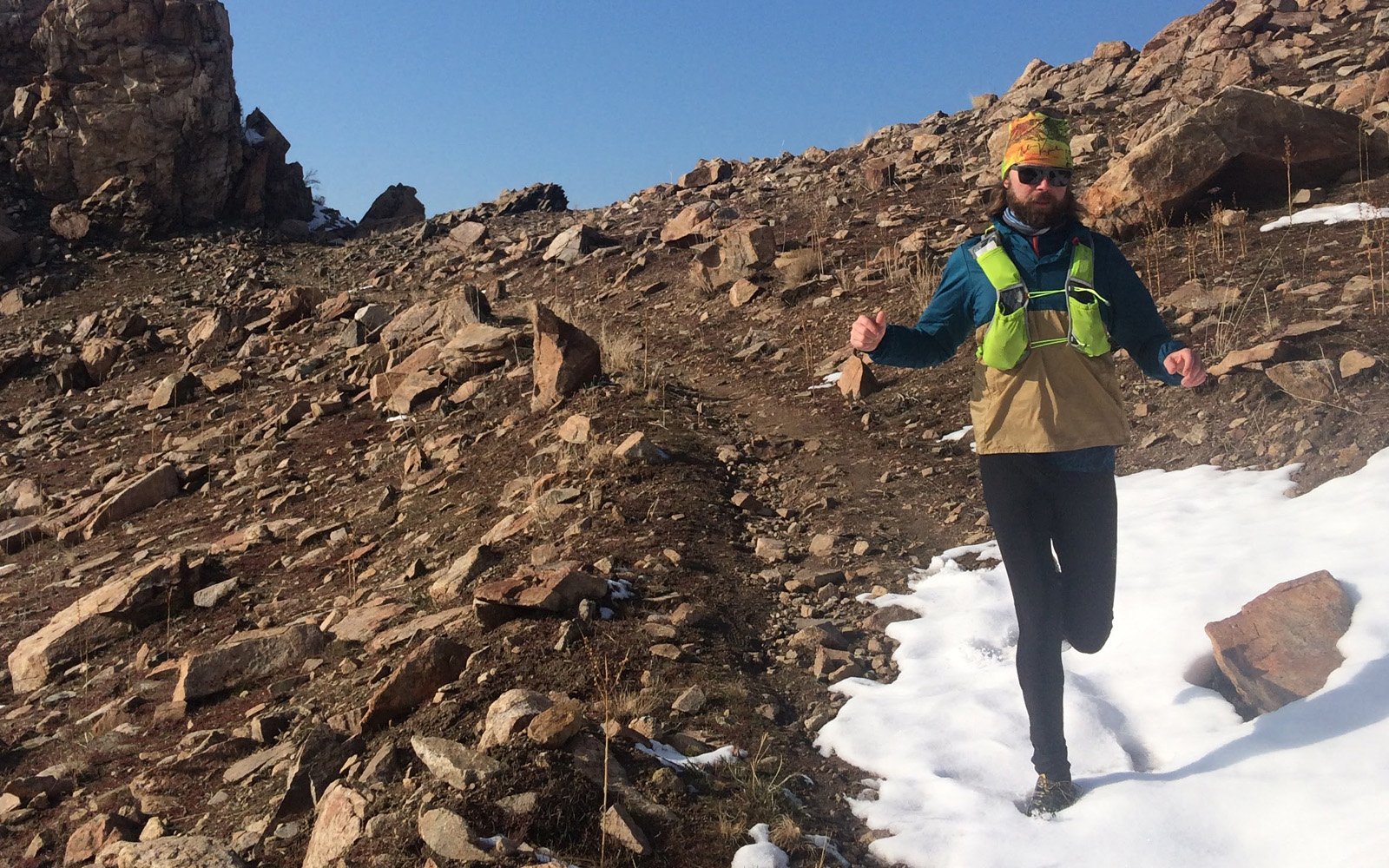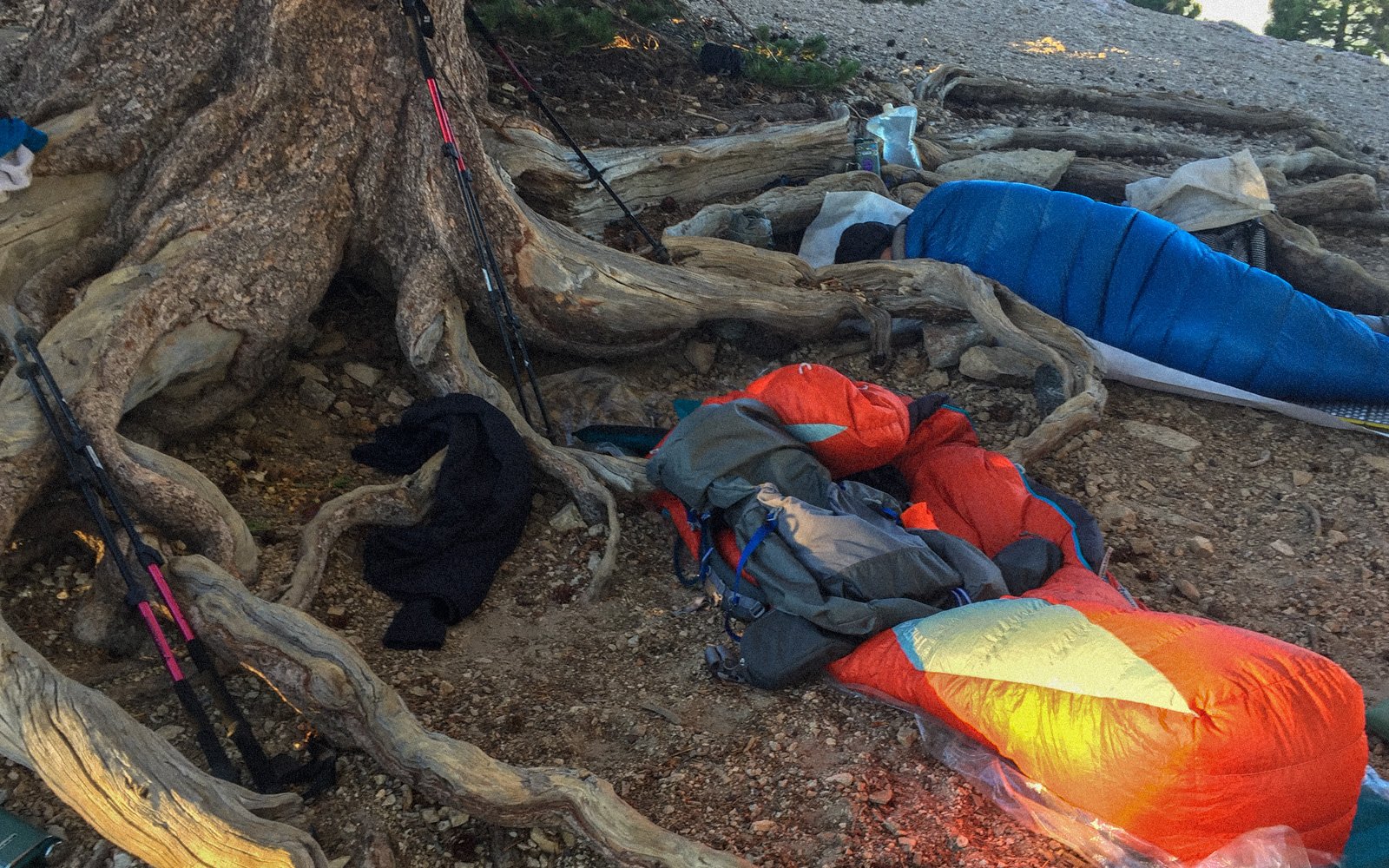You look at your watch and realize you are only eight hours into the race. The morning started in a fog. A small cup of coffee, the constant bob of headlamps and last minute nerves before the starting gun. You’re already exhausted. Oh, and you’re not even racing.
In this edition of Therm-a-Rest Beta, contributor Leigh McClurg tells us about his experience crewing for an ultra and his tips for supporting your friends and family during long-distance endurance races.
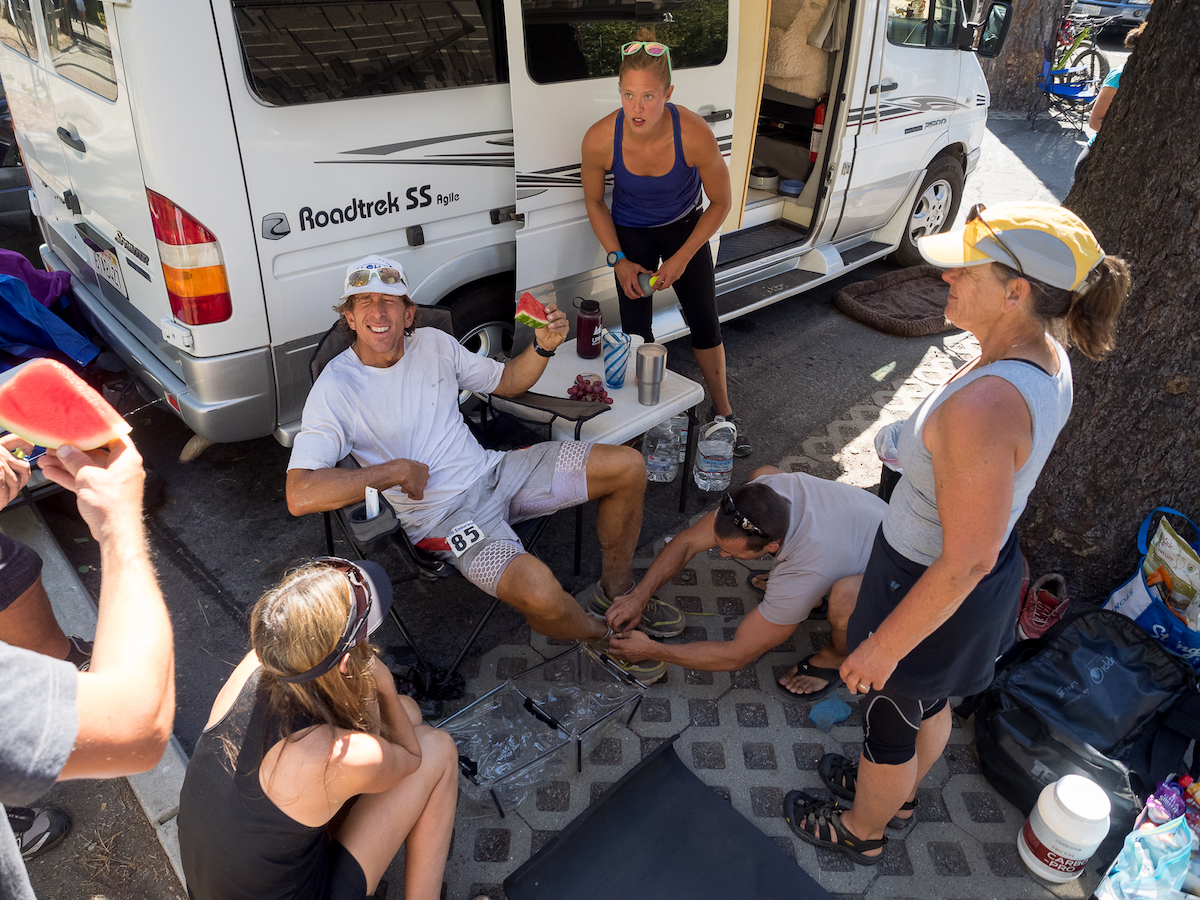
It all started with the simple question, “Want to come hang out at Lake Tahoe for a few days?” In hindsight, I understand now why my elite ultra running friend Paul was hazy with the details about what crewing for him would fully entail.
One night, while having dinner together, Paul brought up that he was going to compete in a race in California, but needed first to get down there. We immediately jumped at the chance. How could we say no to a road trip?
Days later, completely exhausted, I watched my friend Paul cross the finish line and collapse on the ground from the sheer effort. I could feel the weight lift off of the crew’s shoulders. In that moment, I realized that my expectations were in no way similar to what I’d just experienced.
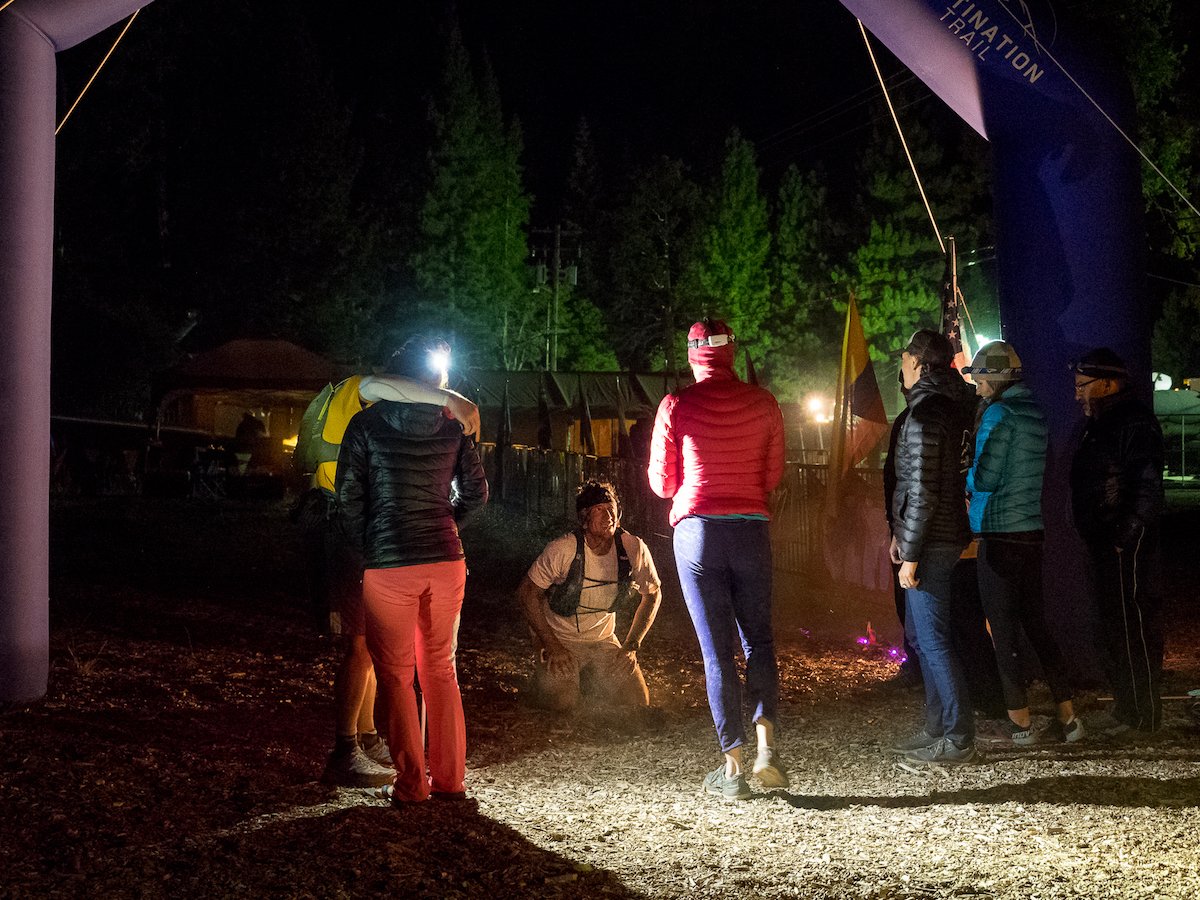
Paul was running the Tahoe 200, a 205 mile loop around Lake Tahoe. The route traces several wooded ridgelines while dipping in and out of the lake’s basin. The rocky and dusty trail features 35,117 feet of elevation gain and can take up to 100 hours to complete, forcing the runners to run by headlamp, depleted of both calories and sleep. All in all, it took Paul 61 hours 49 minutes to complete the distance. During those 60+ hours, I had a lot of time to think about where myself and the other members of the team fit into all of this.
During press conferences, pro athletes often express that they ” couldn’t have done it without the crew,” and I would naively think “Yeah, but you did all the hard work, they just handed you food and water.”
How wrong I had been.
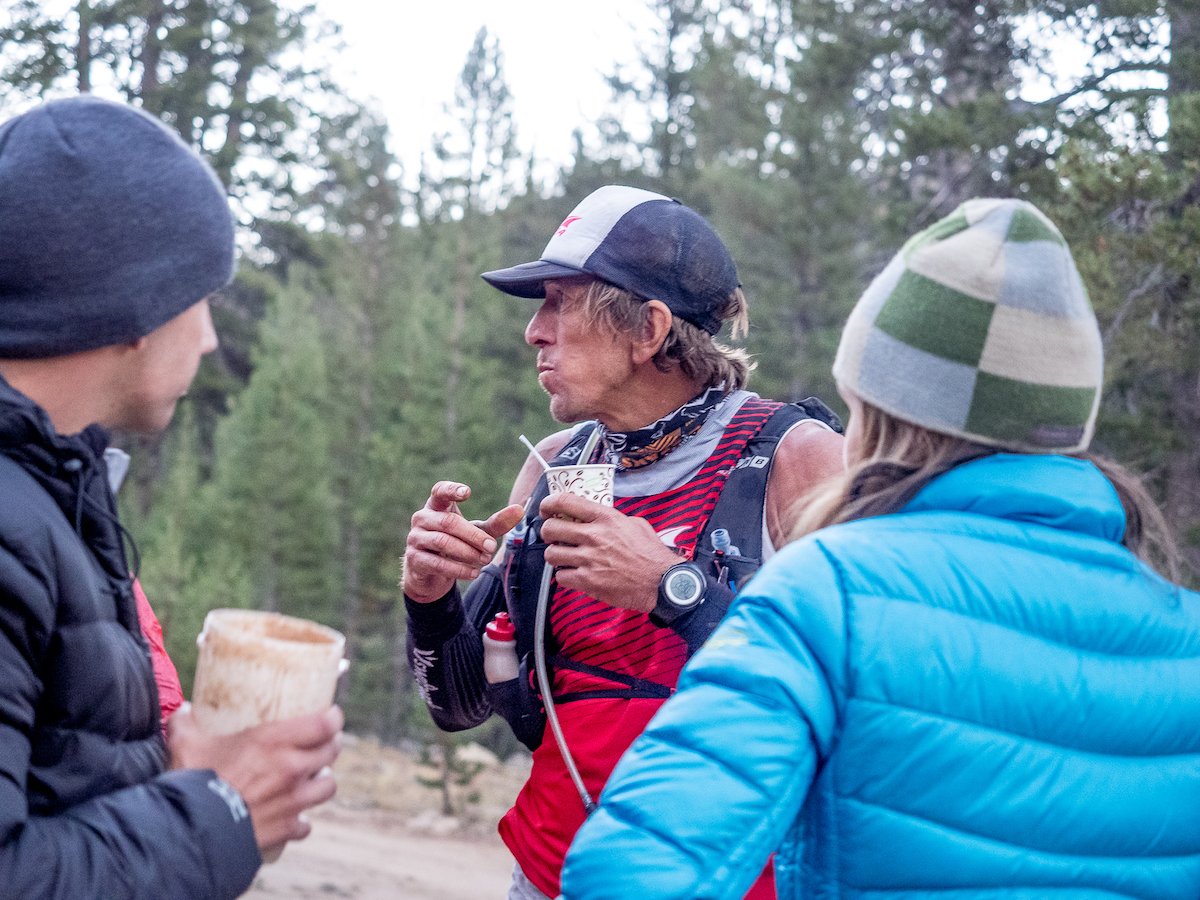
Here are a few of the things I learned while crewing for an ultra runner. This advice will help you to not only provide the correct fuel to your runner and assist them with transitioning in and out of aid stations, but also to provide them with the emotional support they need to reach the finish line.
Embrace the chaos:
As soon as the gun goes off, expect everything written on any spreadsheets about the pace of the runner, how much they will eat and the weather conditions you are expecting to go into a state of flux.
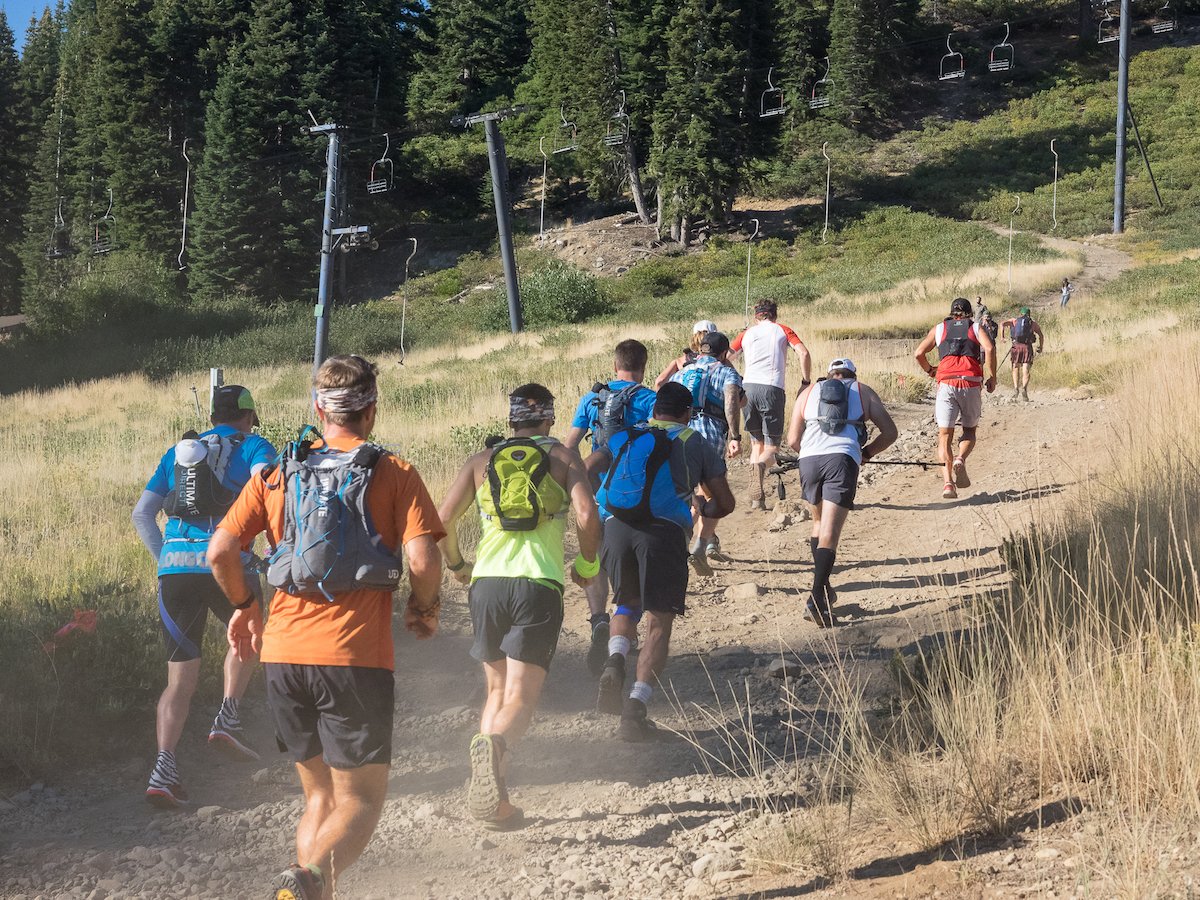
Your runner might come into an aid station and want none of the food they wanted when you last saw them. They might show up early to an aid station, way ahead of schedule, or they could be much later than what you had expected.
As long as your racer is running, you are on call to solve any problems that may crop up. The only thing you can be sure of is that problems will arise.
At one aid station, we didn’t have the correct nutrition supplement for Paul and were having difficulty finding it. We had to send him back out running without it. By the next aid station we’d found the nutrion supplement, but he could no longer stomach the avocados he’d requested when we last saw him. We scrambled to find other fuel. It’s important not to beat yourself up when this happens and instead focus on solving the problems you can handle. Always have a variety of food and fuel on hand so that you have something to offer the runner, even if it is not what they said they wanted.
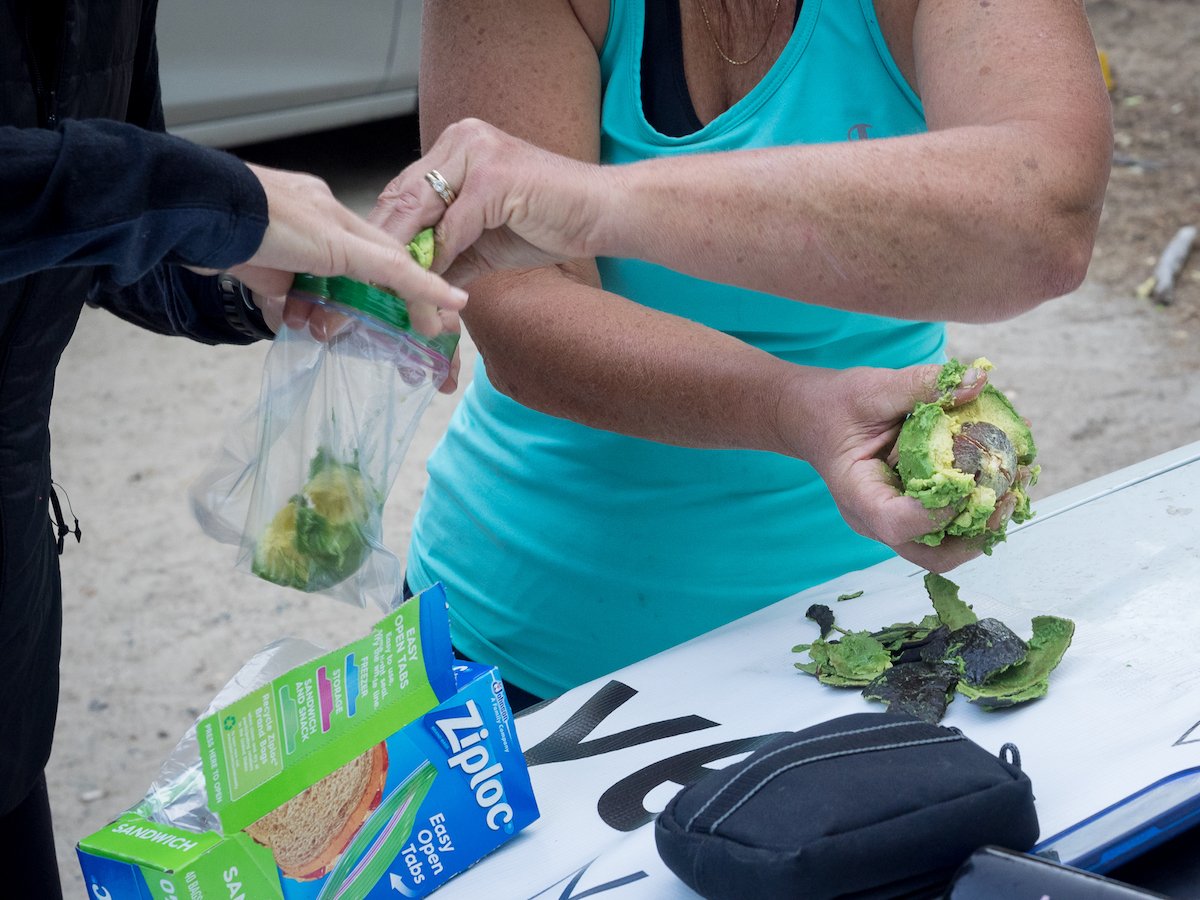
Emotions:
If you’ve crewed for an ultrarunner before, you’ve probably heard a race organizer say something like, “whatever happens out there, stays out there. Don’t take anything personally.”
All ultramarathons take a toll and the hardest ones strip the runners down to almost nothing. Making an individual physically weaker is to be expected, but what was a surprise to me was how much it affects an their mind.
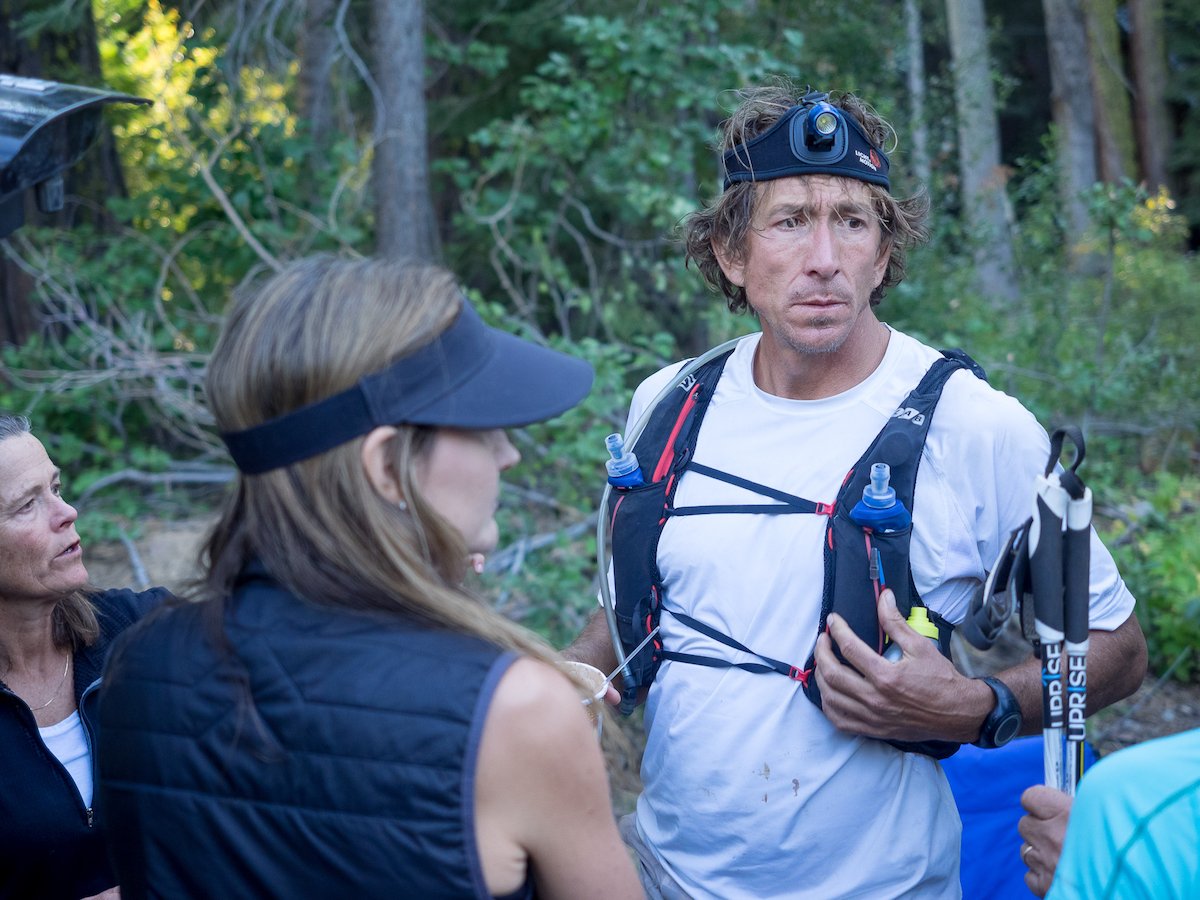
The person that leaves you at Aid Station 4 might not be the same person that comes into Aid Station 5. While out there on the trail, that individual might endure several lifetimes of emotion. Their entire personality and mood can shift. On occasions, we’d reference something Paul had said at a previous aid station. Paul would stop, puzzled, and develop an expression like he was recalling a distant memory from the past, something had happened only several hours ago.
This is probably the hardest component of crewing. I have a lot of respect for individuals who can crew for close family and friends who run ultras professionally or regularly. Since the runners are using the majority of their resources to keep moving, they have little strength left to hold onto any of the facades we maintain in “normal society”. Stress, fatigue and sleep deprivation all take a toll.
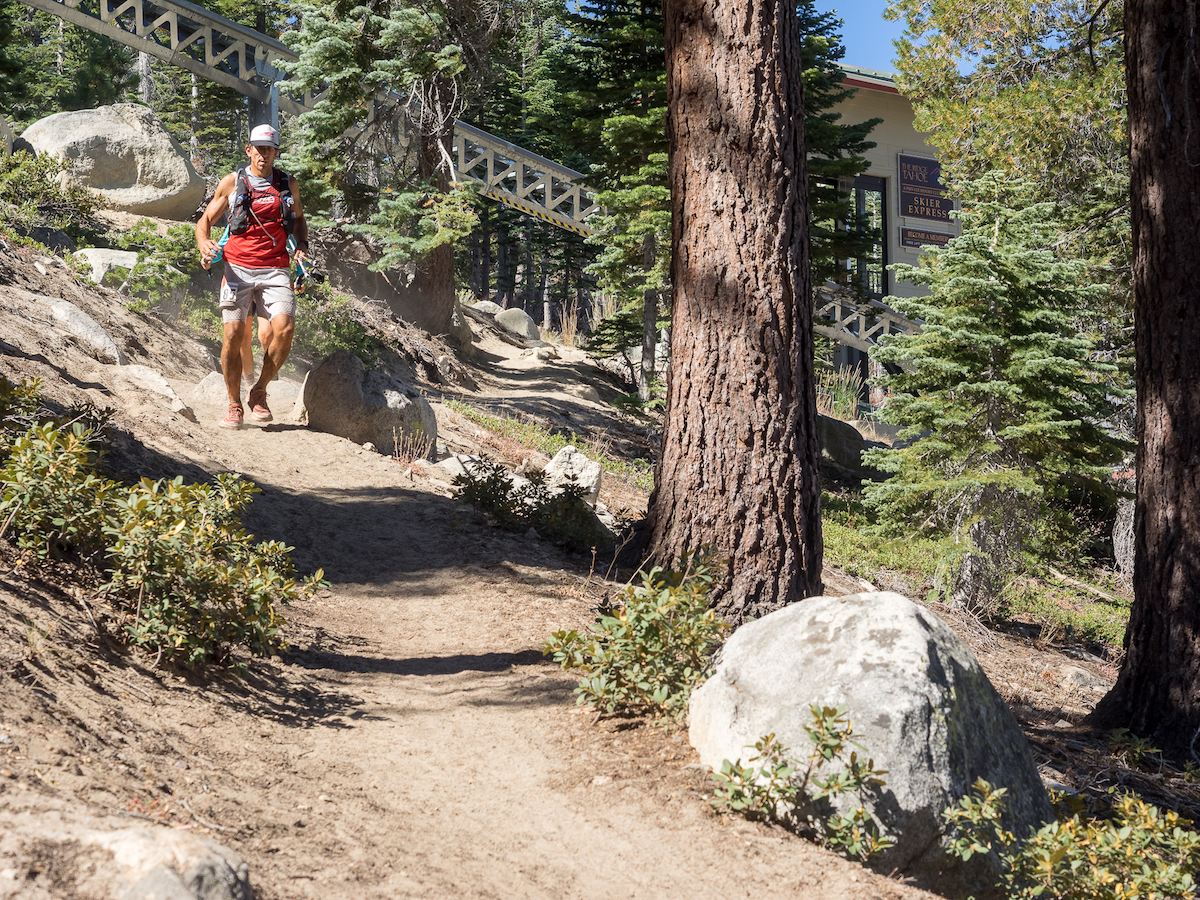
When Paul would come into an aid station, he’d collapse in a chair to rest for a moment. Eventually, we’d need to motivate him to get up and moving again. As the race wore on and Paul passed his second night with close to no sleep, we could really start to see the effects of this on his personality. He would look deeply hurt by us telling him to stop resting and get going. It wasn’t anger but rather a sadness at the thought of leaving his friends behind again and heading back out into the darkness on the trail.
As crew, we walked a fine line between showing tough love to keep Paul moving, but also listening to him and deciding whether we should tell him to stop. It’s a rollercoaster. You don’t want to see the runner suffer, but you also know that the pain of stopping short will last a lifetime, whereas the physical and mental stress they are under in that moment is temporary.
Prepare to deal with every conceivable emotion out there and never take what your runner says personally.
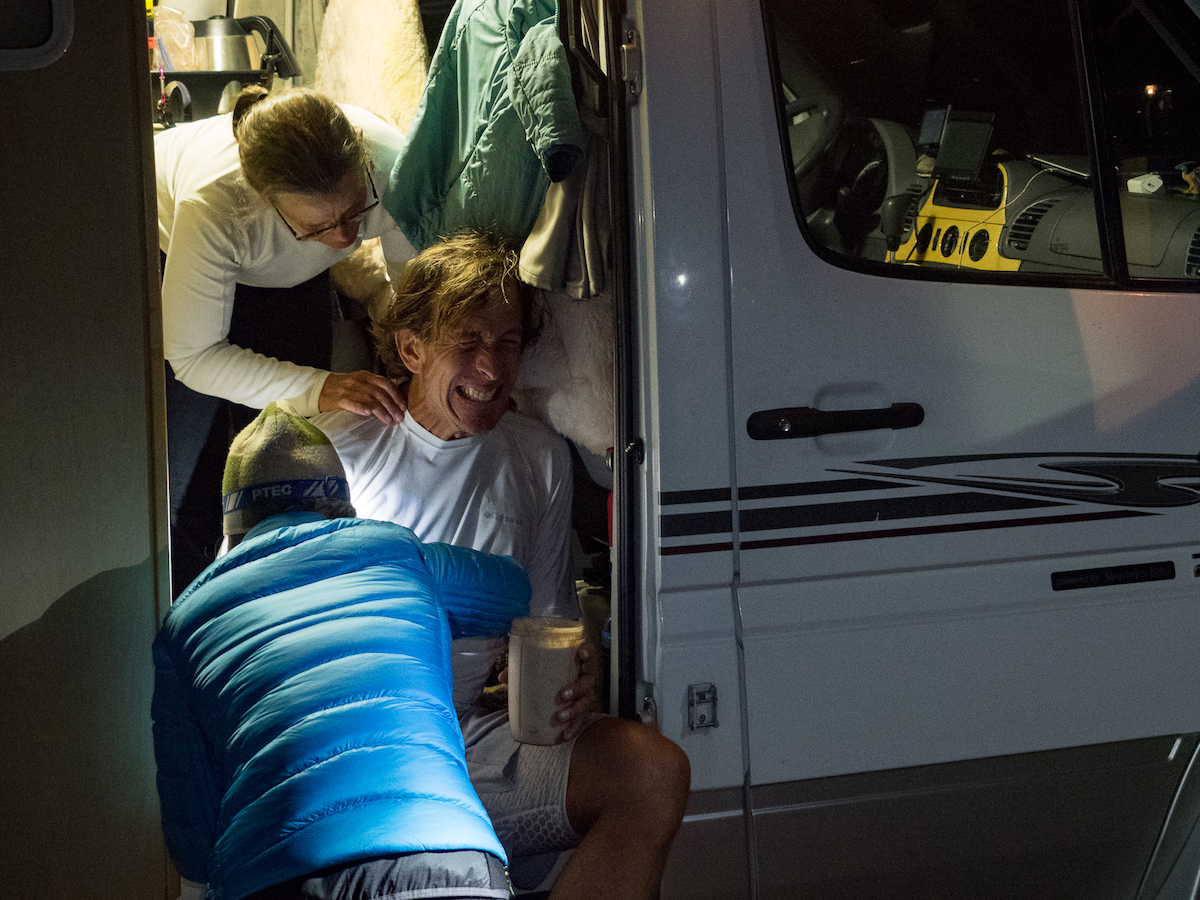
Fatigue:
For races that exceed 24 hours, you are very likely to start experiencing fatigue. Even if your crew is large and you can rotate responsibilities, you likely won’t be getting anywhere near a full night’s rest.
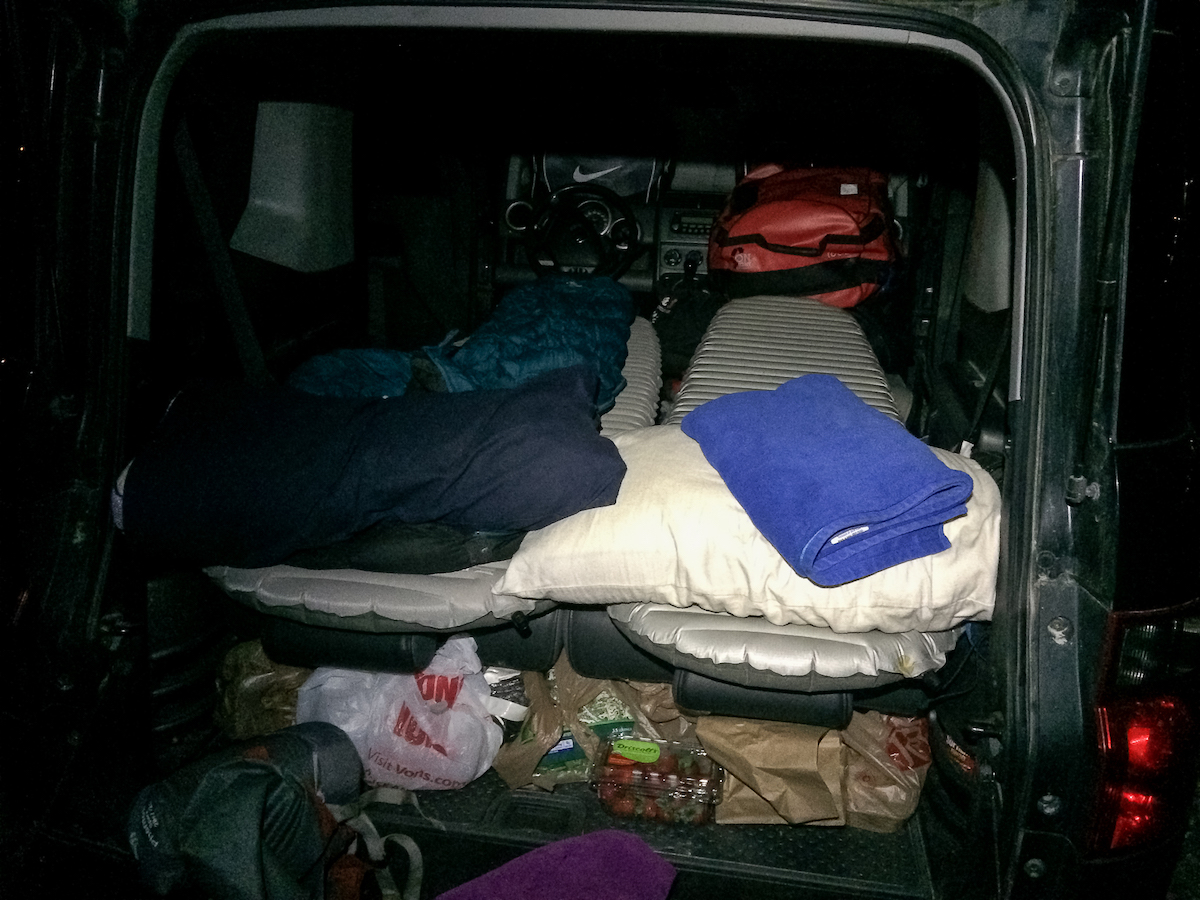
You rarely know when and where your runner is going to be during the race. On my first night, I needed to drive up high into the mountains around Lake Tahoe to a remote aid station. As we pulled into the parking lot, the headlights of our cars reflecting off the frost on the ground, we realized it was much colder here than we had been expecting. We could see our breath and the air had a bit and stung our exposed fingers. The cold in addition to adrenaline and stress from the day kept me mostly awake. The knowledge that Paul might be running into the aid station at any moment and need assistance prevented me from dozing off for too long. I’d wake up every half hour, check my watch, then try to sleep again.
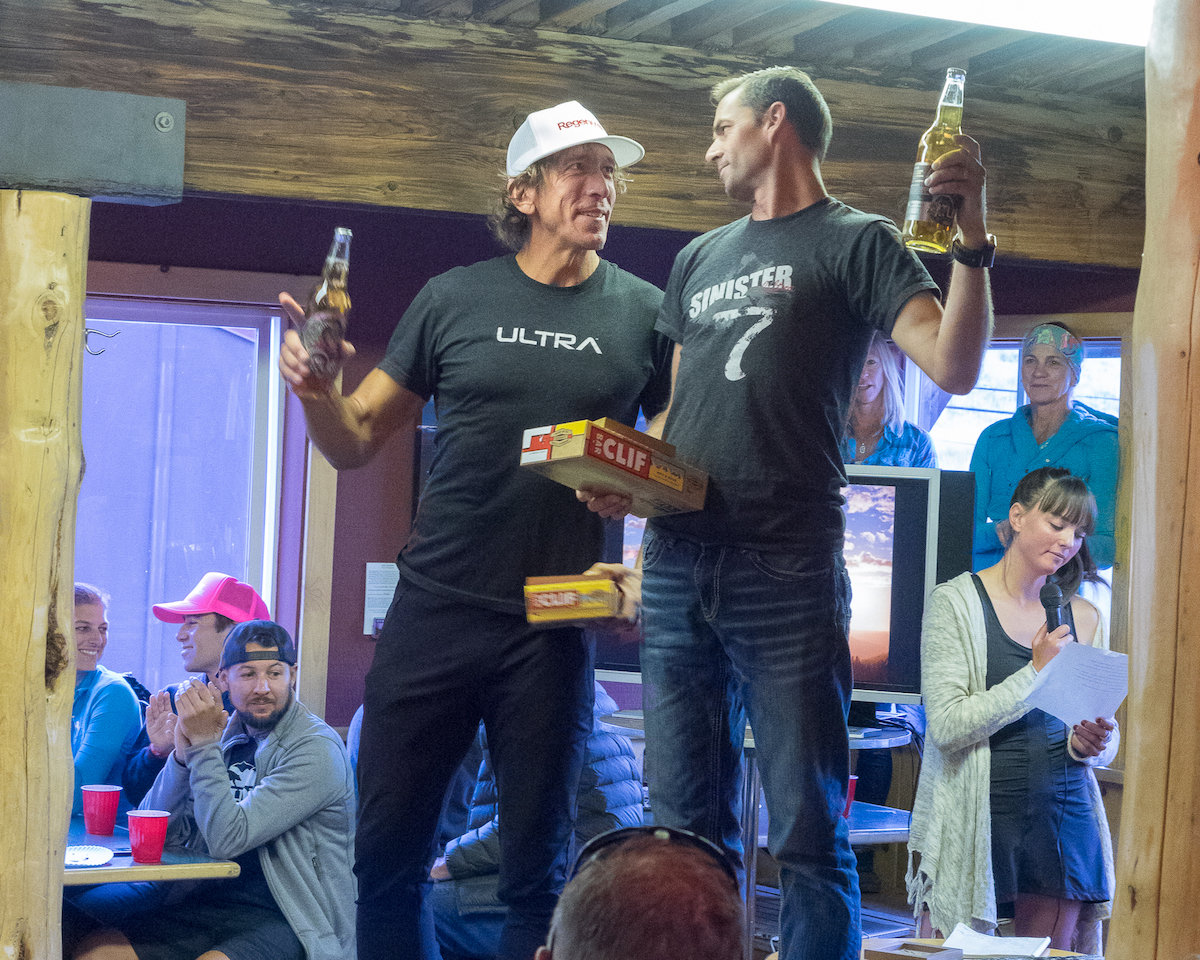
While looking after your racer is obvious, it’s also important to look after yourself. Stay hydrated and avoid drinking too much coffee and energy drinks. If you have a moment to rest, take it.
Stats:
Finally, carry a notepad with you and jot down as much quantitative data about the runner and the race as you can. Record what they are eating, what they say is working and what isn’t. The time they arrive at aid stations and when they leave. Take as many notes as possible. This can be pretty difficult when everything is frenetic.
Also, have as much information to hand as possible to relay to the runner, such as the distance to the next aid station, the elevation gain and loss over the next section of trail and who the next pacer is going to be. Even if your runner has this dialed at the starting line, it may no longer be accurate or on their mind 100 miles into the race.
After the race, all of this information will help them wrap their minds around what they just experienced and provides crucial information for them as runners. Whatever happens out there, having the data to visualize accurately how they ran their race quantitatively will be a huge benefit to them when they begin planning for the next one.
Crewing for an ultrarunner is going to be hard. Generally, ultra-runners are out there to test themselves. Through that process you will likely get to see them at levels of vulnerability that you might not know existed. I came to better understand why Paul holds himself with such an unwavering confidence in his day to day life, as the common annoyances of daily life pale in comparison to the persistent discomfort he had to endure over those 205 miles. Even as he slipped further into a state of fatigue and sleep deprivation, he never once spoke of quitting.
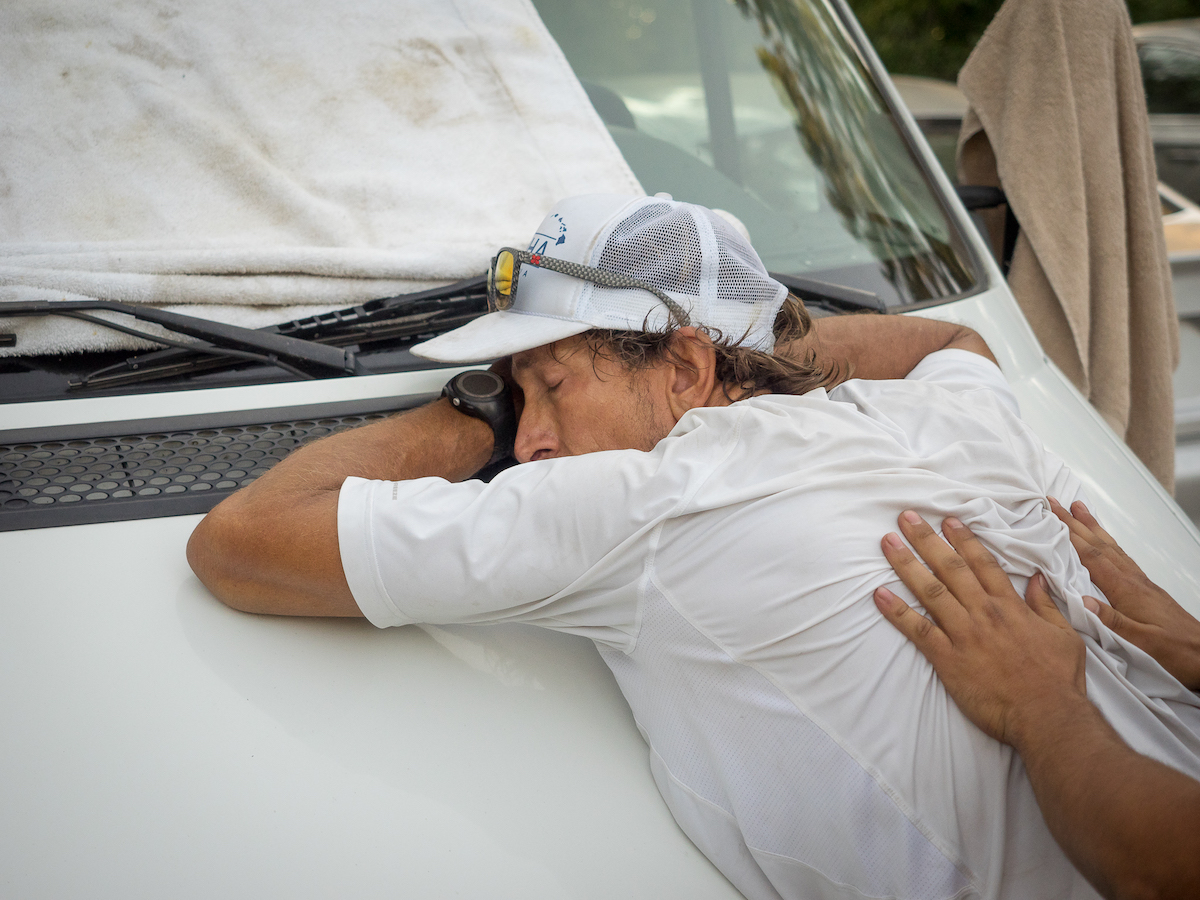
Prior to agreeing to crew for Paul, I had an understanding of his past achievements, but not really a perspective on what it actually took to achieve them. During the process of seeing him at his strongest, standing at the starting line and later watching him collapse across the finishing line, I gained a deep awareness about the sheer willpower it takes to achieve something like running over 200 miles. Seeing the numerous opportunities he had to simply stop and give up stand as a testimony to me now of not only what Paul is capable of, but of what the human body has the capacity to endure.
It was an inspiring event to behold and who knows, maybe someday I’ll need Paul to crew my first ultra.
